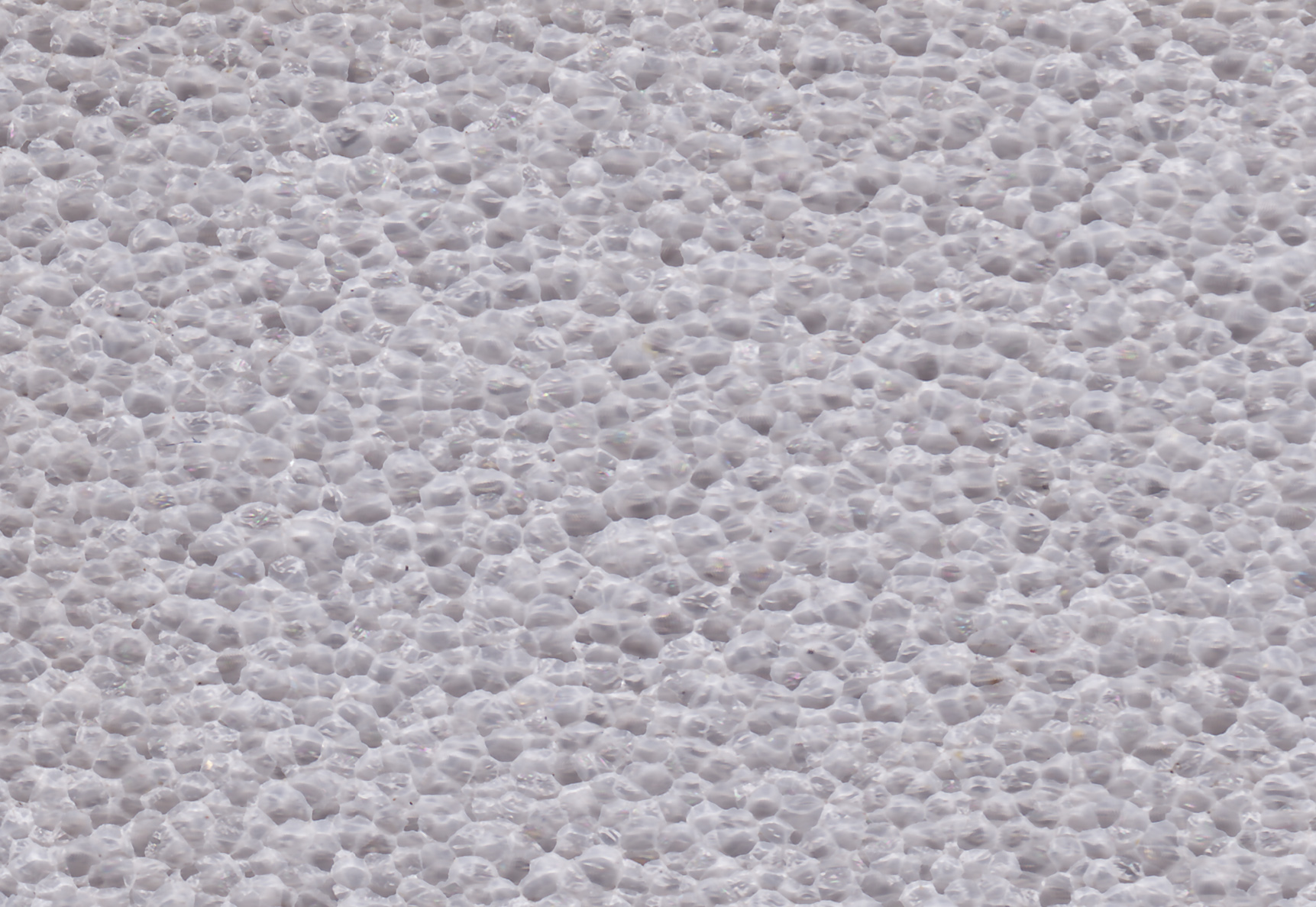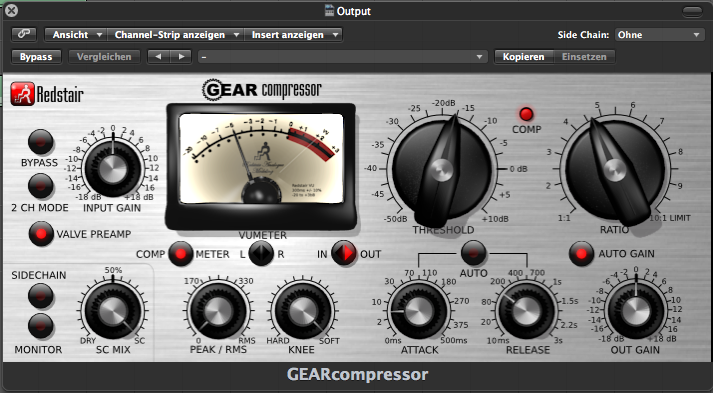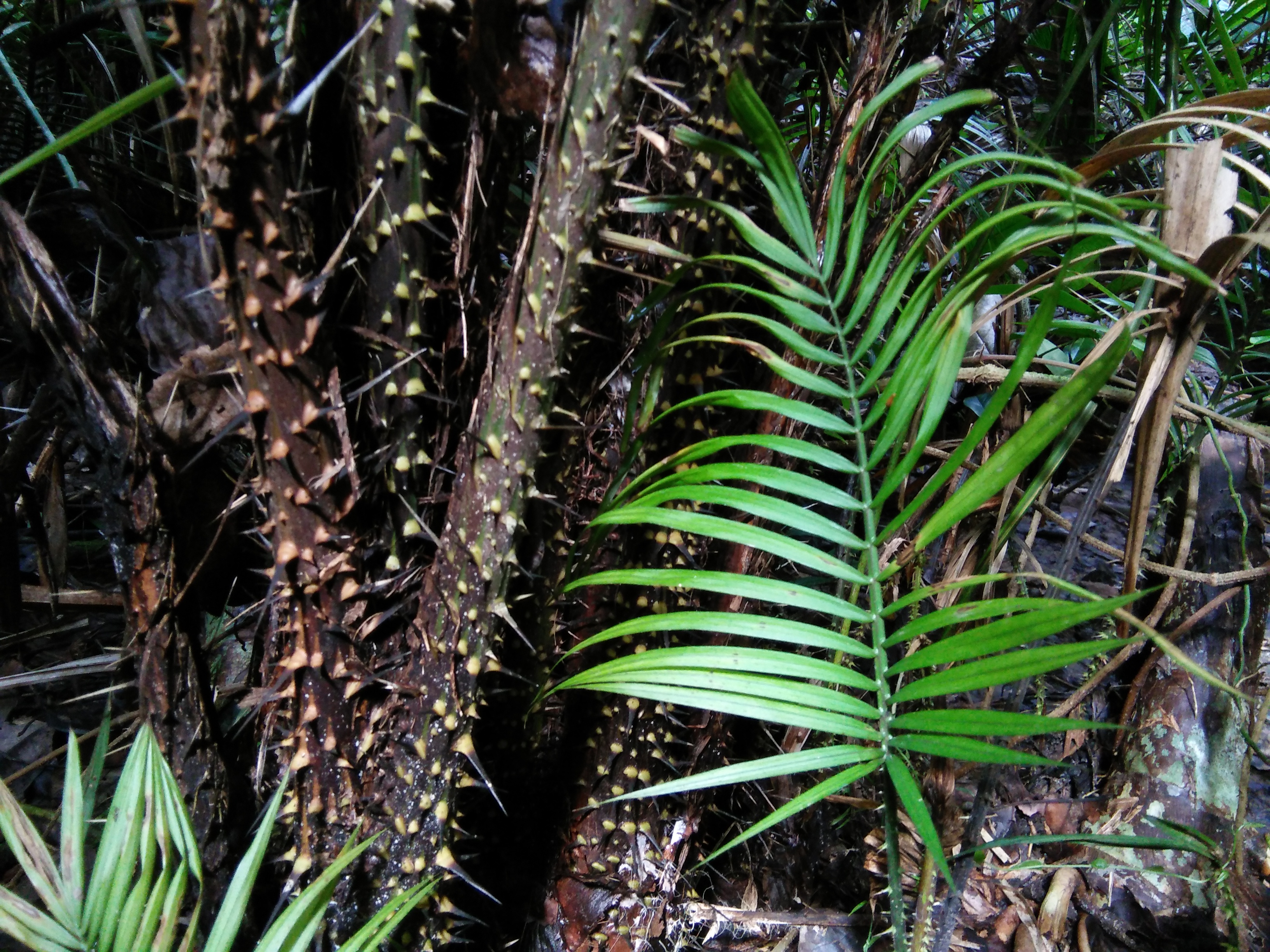|
Zōri
Zori (), also rendered as zōri (, ), are thonged Japanese sandals made of rice straw, cloth, lacquered wood, leather, rubber, or—most commonly and informally—synthetic materials. They are a slip-on descendant of the tied-on sandal. Similar in form, modern flip-flops became popular in the United States, Australia and New Zealand when soldiers returning from World War II brought Japanese zori with them. Use Like many Japanese sandals, zori are easily slipped on and off, which is important in Japan, where shoes are removed and put back on when Genkan, entering and leaving a house, and where tying shoelaces would be impractical when wearing kimono, traditional clothing. The traditional forms of zori are seen when worn with other traditional clothing. Modern forms are fairly common, however, with casual Western wear, especially in summer. While geta (footwear), geta are now mostly worn with the informal , traditional zori are often worn with the more formal kimono. In rain, z ... [...More Info...] [...Related Items...] OR: [Wikipedia] [Google] [Baidu] |
Sandal
Sandals are an open type of shoe, consisting of a sole held to the wearer's foot by straps going over the instep and around the ankle. Sandals can also have a heel. While the distinction between sandals and other types of footwear can sometimes be blurry (as in the case of '' huaraches''—the woven leather footwear seen in Mexico, and peep-toe pumps), the common understanding is that a sandal leaves all or most of the foot exposed. People may choose to wear sandals for several reasons, among them comfort in warm weather, economy (sandals tend to require less material than shoes and are usually easier to construct), and as a fashion choice. Usually, people wear sandals in warmer climates or during warmer parts of the year in order to keep their feet cool and dry. The risk of developing athlete's foot is lower than with enclosed shoes, and the wearing of sandals may be part of the treatment regimen for such an infection. Name The English word ' derives under influence from ... [...More Info...] [...Related Items...] OR: [Wikipedia] [Google] [Baidu] |
Geta (footwear)
( geta) are traditional Japanese footwear resembling flip-flops. A kind of sandal, geta have a flat wooden base elevated with up to three (though commonly two) "teeth", held on the foot with a fabric thong, which keeps the foot raised above the ground. History The earliest known pair of geta was excavated in a Neolithic archaeological site near Ningbo, Zhejiang, China, dated to the Liangzhu culture (3400–2250 BCE). These geta differed in construction to modern geta, having five or six holes in place of the modern-day three. The use and popularity of wooden clogs in China has been recorded in other sources dating to between the Spring and Autumn period (771–476 BCE) to the Qin (221–206 BCE) and Han dynasties (202 BCE–220 CE). Geta-style shoes were worn in Southern China likely until sometime between the Ming (1368–1644) and Qing dynasties (1636/1644–1912), when they were replaced by other types of footwear. It is likely that geta originated from Southern ... [...More Info...] [...Related Items...] OR: [Wikipedia] [Google] [Baidu] |
Tatami
are soft mats used as flooring material in traditional Japanese-style rooms. They are made in standard sizes, twice as long as wide, about , depending on the region. In martial arts, tatami are used for training in a dojo and for competition. Tatami are covered with a weft-faced weave of on a warp of hemp or weaker cotton. There are four warps per weft shed, two at each end (or sometimes two per shed, one at each end, to reduce cost). The (core) is traditionally made from sewn-together rice straw, but contemporary tatami sometimes have compressed wood chip boards or extruded polystyrene foam in their cores instead or as well. The long sides are usually with brocade or plain cloth, although some tatami have no edging. File:Modern tatami.JPG, Machine-sewing of tatami File:Tatami sectional view.jpg, Cross-section of a modern tatami with an extruded polystyrene foam core File:Men Making Tatami Mats, 1860 - ca. 1900.jpg, Making tatami mats, late 19th century. File:Tatami.jpg, ... [...More Info...] [...Related Items...] OR: [Wikipedia] [Google] [Baidu] |
Elastomer
An elastomer is a polymer with viscoelasticity (i.e. both viscosity and elasticity) and with weak intermolecular forces, generally low Young's modulus (E) and high failure strain compared with other materials. The term, a portmanteau of ''elastic polymer'', is often used interchangeably with ''rubber'', although the latter is preferred when referring to vulcanisates. Each of the monomers which link to form the polymer is usually a compound of several elements among carbon, hydrogen, oxygen and silicon. Elastomers are amorphous polymers maintained above their glass transition temperature, so that considerable molecular reconformation is feasible without breaking of covalent bonds. Rubber-like solids with elastic properties are called elastomers. Polymer chains are held together in these materials by relatively weak intermolecular bonds, which permit the polymers to stretch in response to macroscopic stresses. Elastomers are usually thermosets (requiring vulcanization ... [...More Info...] [...Related Items...] OR: [Wikipedia] [Google] [Baidu] |
EVA Foam
Ethylene-vinyl acetate (EVA), also known as poly(ethylene-vinyl acetate) (PEVA), is a copolymer of ethylene and vinyl acetate. The weight percent of vinyl acetate usually varies from 10 to 50%, with the remainder being ethylene. There are three different types of EVA copolymer, which differ in the vinyl acetate (VA) content and the way the materials are used. The EVA copolymer which is based on a low proportion of VA (approximately up to 4%) may be referred to as vinyl acetate modified polyethylene. It is a copolymer and is processed as a thermoplastic material – just like low-density polyethylene. It has some of the properties of a low-density polyethylene but increased gloss (useful for film), softness and flexibility. The material is generally considered non-toxic. The EVA copolymer which is based on a medium proportion of VA (approximately 4 to 30%) is referred to as thermoplastic ethylene-vinyl acetate copolymer and is a thermoplastic elastomer material. It is not vulcan ... [...More Info...] [...Related Items...] OR: [Wikipedia] [Google] [Baidu] |
PVC Clothing
PVC clothing is shiny clothing made from the plastic polyvinyl chloride (PVC). PVC plastic is often called "vinyl" and this type of clothing is commonly known as vinyl clothing. PVC is sometimes confused with the similarly shiny patent leather. The terms "PVC", "vinyl" and "PU" tend to be used interchangeably by retailers for clothing made from shiny plastic-coated fabrics. These fabrics usually consist of a backing woven from polyester fibers with a surface coating of shiny plastic. The plastic layer itself is typically a blend of PVC and polyurethane (PU), with 100% PVC producing a stiff fabric with a glossy shine and 100% PU producing a stretchy fabric with a silky shine (see PU laminate). A manufacturer's label may say, for example, 67% polyester, 33% polyurethane for a fabric that contains no PVC; or 80% polyvinyl chloride, 20% polyurethane with mention of the polyester backing omitted. PVC clothing is a highly resistant material and waterproof. PVC can be produced in brigh ... [...More Info...] [...Related Items...] OR: [Wikipedia] [Google] [Baidu] |
Skiamorph
A skeuomorph (also spelled skiamorph, ) is a derivative object that retains ornamental design cues (attributes) from structures that were necessary in the original. Skeuomorphs are typically used to make something new feel familiar in an effort to speed understanding and acclimation. They employ elements that, while essential to the original object, serve no pragmatic purpose in the new system, except for identification. Examples include pottery embellished with imitation rivets reminiscent of similar pots made of metal and a software calendar that imitates the appearance of binding on a paper desk calendar. Definition and purpose The term ''skeuomorph'' is compounded from the Greek ''skeuos'' (σκεῦος), meaning "container or tool", and ''morphḗ'' (μορφή), meaning "shape". It has been applied to material objects since 1890. With the advent of graphical computer systems in the 1980s, skeuomorph is used to characterize the many "old fashioned" icons utilized in graphi ... [...More Info...] [...Related Items...] OR: [Wikipedia] [Google] [Baidu] |
Rattan
Rattan, also spelled ratan (from Malay language, Malay: ''rotan''), is the name for roughly 600 species of Old World climbing palms belonging to subfamily Calamoideae. The greatest diversity of rattan palm species and genera are in the closed-Canopy (biology), canopy Old-growth forest, old-growth tropical forests of Southeast Asia, though they can also be found in other parts of tropical Asia and Africa. Most rattan palms are ecologically considered lianas due to their climbing habits, unlike other palm species. A few species also have tree-like or shrub-like habits. Around 20% of rattan palm species are economically important and are traditionally used in Southeast Asia in producing wickerwork furniture, baskets, Walking stick, canes, woven mats, Rope, cordage, and other handicrafts. Rattan canes are one of the world's most valuable non-timber forest products. Some species of rattan also have edible scaly fruit and heart of palm. Despite increasing attempts in the last 30 y ... [...More Info...] [...Related Items...] OR: [Wikipedia] [Google] [Baidu] |






